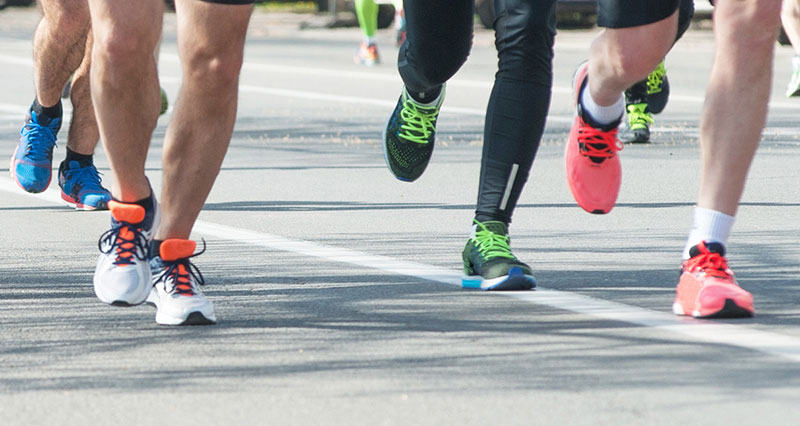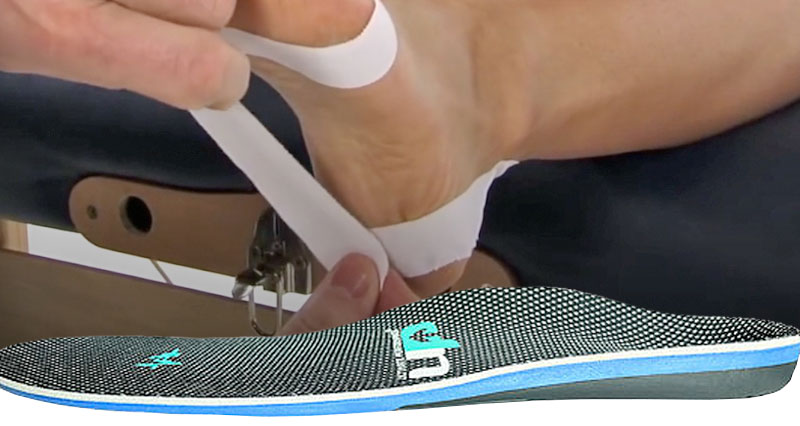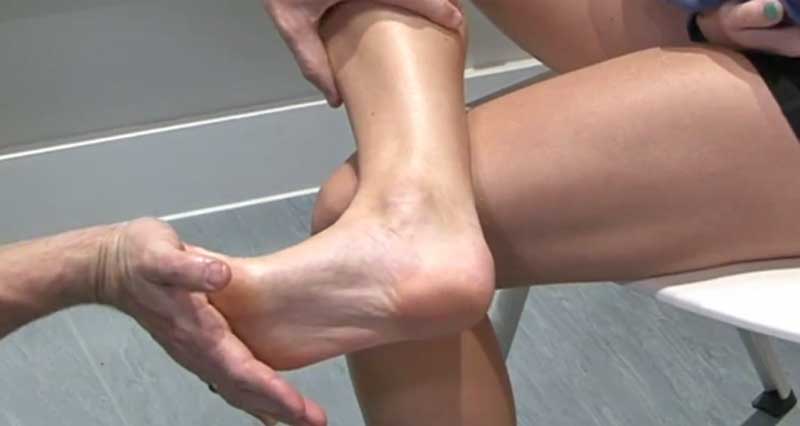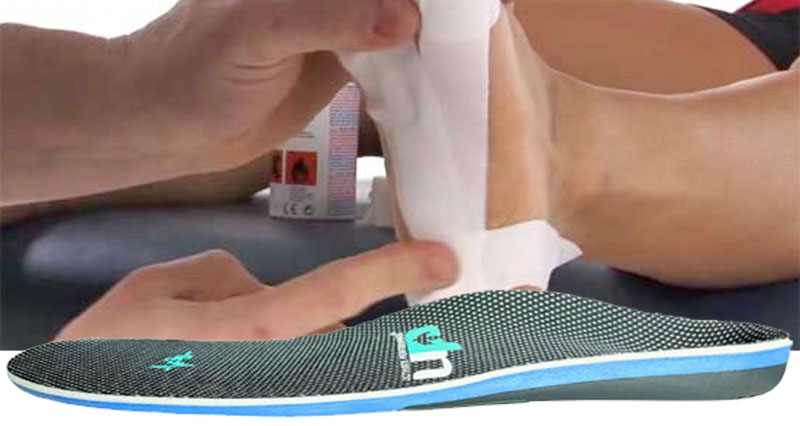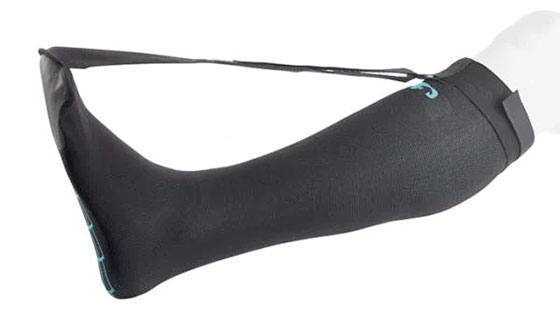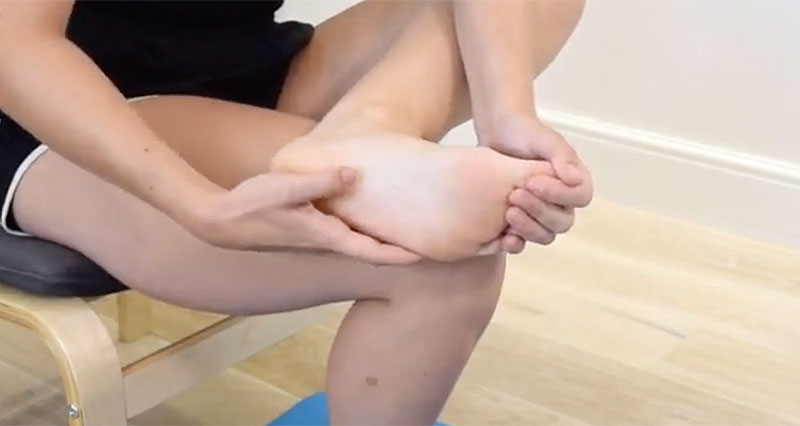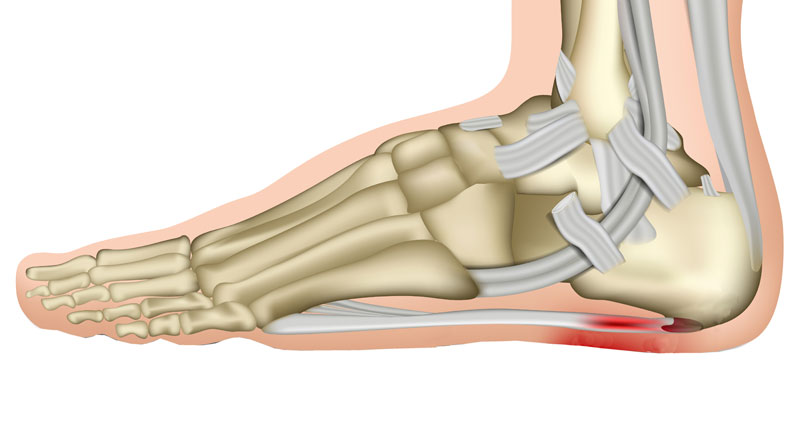Plantar fasciitis, the most common cause of heel pain, affects hundreds of thousands of people who search for information about this persistent injury and its treatment each month. Causes include overuse, poor foot biomechanics, footwear choices, body weight, and flexibility issues.
1. Overuse and Foot Biomechanics

Overuse is the primary cause of plantar fasciitis. This makes it more common in activities like running, dancing, or jumping. However, several factors can increase your chances of developing plantar fasciitis heel pain:
- Foot Biomechanics: This refers to the shape and movement of your foot. Athletes with flat feet, which roll inwards and flatten when walking or running, are more susceptible to lower leg injuries, including plantar fasciitis.
- Overpronation: This occurs when the foot rolls inwards or flattens excessively during running or walking. It stretches the plantar fascia more than usual, putting extra strain on the tissues.
- High Arches (Pes Cavus): Feet with high arches are often rigid and can’t absorb shock effectively, increasing strain on the plantar fascia.
2. Footwear
Wearing inappropriate footwear, like very flat shoes with poor support, increases the likelihood of developing plantar fasciitis. Unstructured work shoes or deck shoes aren’t good for your feet!
Choosing the right running shoes for your foot type is crucial. For example, motion-control shoes are best for overpronation. Conversely, neutral shoes with good cushioning are usually better for high arches (oversupination). If unsure, consult a specialist running shop for advice.
3. Bodyweight and Flexibility
Overweight individuals or those who lift heavy objects at work put extra strain on their feet, significantly increasing the chance of developing heel pain. Tight calf muscles, plantar fascia, hamstrings, or gluteal muscles can also increase your risk due to their impact on foot biomechanics.
4. Direct Trauma (Rare)
While uncommon, direct trauma to the heel can cause plantar fasciitis. This could happen from repetitive kicking with the sole of your foot. (The author, for instance, learned this the hard way by kicking a stage into place and experiencing heel pain that took weeks to resolve.)
